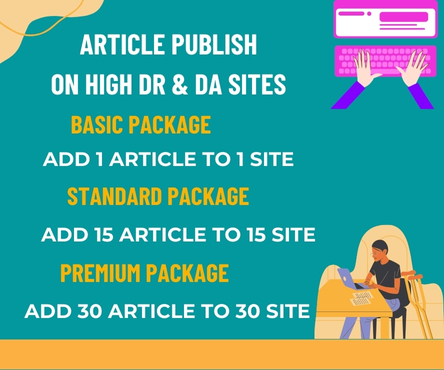In today’s digital landscape, establishing a strong online presence is crucial for businesses, organizations, and individuals alike. A well-crafted brand identity can make all the difference in capturing the attention of your target audience, building trust, and driving engagement. Two key elements that play a significant role in shaping your online identity are branding and fairbanks web design. When done correctly, they can work in tandem to create a cohesive and compelling online presence.
The Importance of Consistency
Consistency is the backbone of effective branding and web design. It’s what sets apart a memorable brand from a forgettable one. When your branding and web design elements are consistent, they create a seamless experience for your audience, making it easier for them to recognize and remember your brand. Consistency breeds trust, and trust is the foundation of any successful relationship, including the one between your brand and its customers.
Key Elements of Branding
Branding encompasses more than just a logo or color scheme. It’s the culmination of various elements that work together to create a unique identity. Some key elements of branding include:
- Logo: A well-designed logo is essential for establishing brand recognition. It should be simple, memorable, and scalable.
- Color Scheme: Colors evoke emotions and can significantly impact how your brand is perceived. Choose colors that align with your brand’s personality and values.
- Typography: Typography plays a crucial role in creating a consistent visual identity. Select fonts that reflect your brand’s tone and style.
- Tone and Voice: Your brand’s tone and voice should be consistent across all online platforms, including social media, website content, and customer support.
Web Design: Bringing Your Brand to Life
Web design is an extension of your brand identity. A well-designed website should reflect your brand’s personality, values, and message. Some key elements of effective web design include:
- Responsive Design: Ensure your website is optimized for various devices, including desktops, laptops, tablets, and smartphones.
- Visual Hierarchy: Organize your content in a logical and visually appealing manner, guiding visitors through your website with ease.
- Imagery and Graphics: Use high-quality images and graphics that align with your brand’s aesthetic and messaging.
- User Experience (UX): Prioritize UX by creating an intuitive navigation, clear calls-to-action, and fast loading speeds.
Integrating Branding and Web Design
To create a consistent online identity, it’s essential to integrate your branding and web design elements. Here are some tips to achieve this:
- Use Consistent Color Schemes: Apply your brand’s color scheme to your website, including backgrounds, buttons, and typography.
- Typography Consistency: Use the same font styles and sizes throughout your website to maintain visual consistency.
- Imagery and Graphics: Ensure all images and graphics used on your website align with your brand’s messaging and aesthetic.
- Tone and Voice: Reflect your brand’s tone and voice in your website content, including headings, paragraphs, and calls-to-action.
Best Practices for Creating a Consistent Online Identity
- Develop a Brand Style Guide: Create a comprehensive guide outlining your brand’s visual identity, tone, and voice.
- Conduct a Brand Audit: Regularly assess your online presence to ensure consistency across all platforms.
- Use Consistent Messaging: Align your messaging across all online platforms, including social media, website content, and advertising.
- Monitor and Adapt: Continuously monitor your brand’s performance and adapt your strategy as needed to maintain a consistent online identity.
By integrating branding and web design, you can create a consistent online identity that resonates with your target audience and sets your brand apart from the competition.

